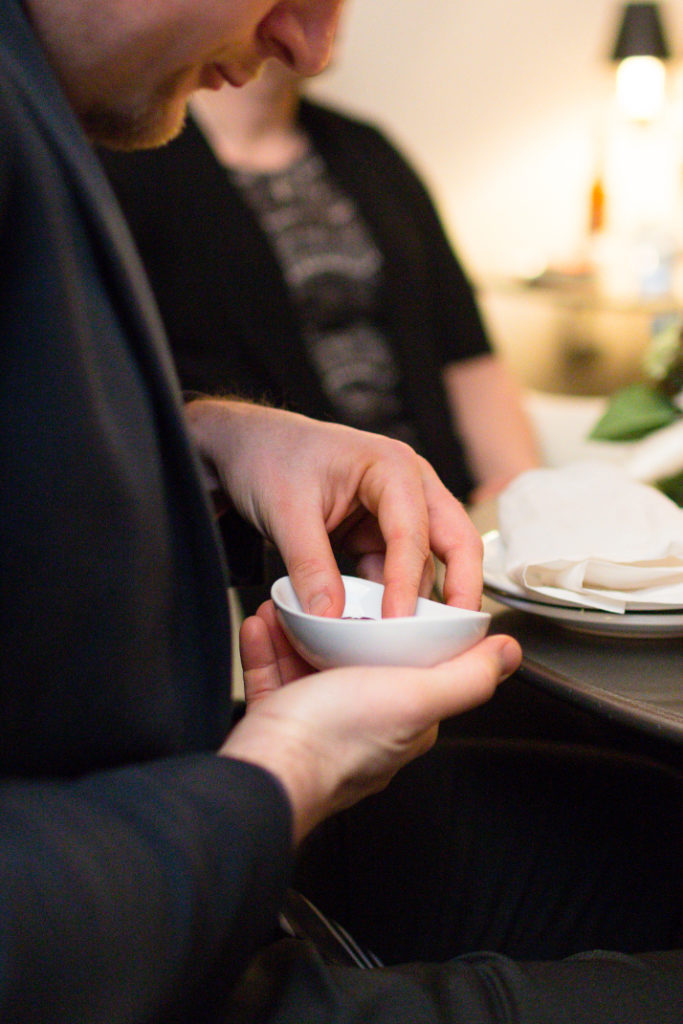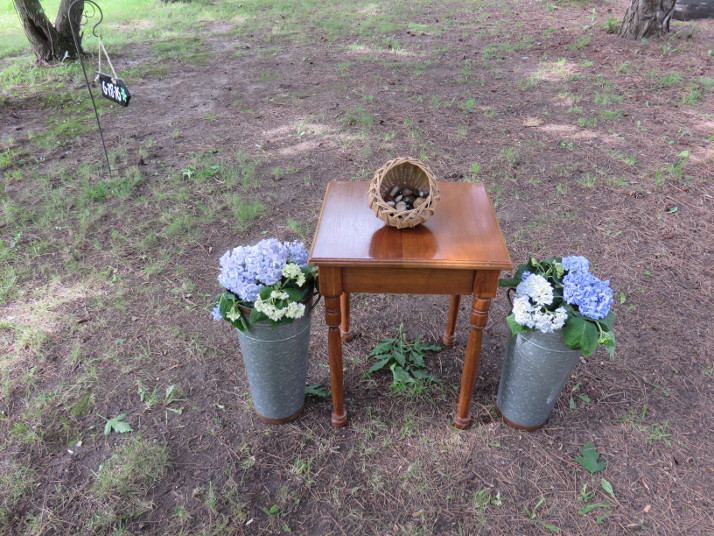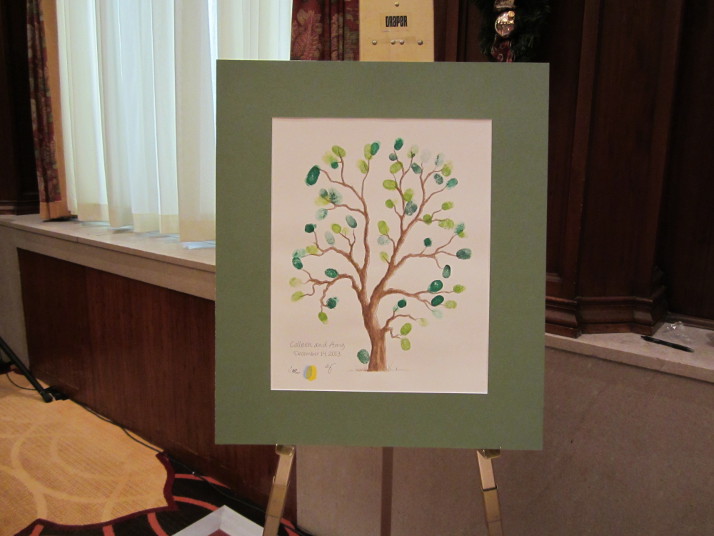Greeting Your Guests – Options Abound
Greeting your guests is one of the basic responsibilities for all couples on your wedding day. These are the people you’ve invited to share your special day. Some have traveled significant distances and incurred significant expenses to be with you. It’s important for you to acknowledge their presence and express your appreciation for their efforts. There are, however, traditional and modern, formal and informal ways to accomplish this important task.
Traditionally, a receiving line immediately following the wedding ceremony provided the opportunity to greet your guests. Older style receiving lines included the couple, both sets of parents, and all your attendants in a long line. Receiving lines following the ceremony are still a great way to ensure you have a chance to speak with each of your guests, at least for a few moments. But often the line is limited to just you two, or just you and the parents. Your attendants and your guests are no longer subjected to awkward introductions among strangers, and this also makes the line move much more quickly.
Another opportunity for greeting your guests is a brief receiving line as everyone enters the reception venue for dinner. This can work well if you left immediately after your ceremony for pictures or if you expect that some guests will skip the ceremony and arrive only in time for the reception.
A modern alternative to a receiving line is to have you both re-enter the ceremony space immediately after the wedding party and parents recess at the conclusion of the ceremony. You then act as ushers, greeting your guests as they leave their seats and move on to the next phase of the celebration. This approach tends to take a bit longer, but your guests are able to remain seated until it is their turn to greet you.
Finally, if you’re opting for a more informal approach to greeting your guests you can mingle with them during social hour, or make the rounds of tables during dinner. These approaches work best if you have a smaller number of guests so you can keep track of who you’ve spoken to and who you haven’t.
Greeting your guests may seem like a chore, but as the hosts and honorees of the event, it is your responsibility to welcome and thank them all. These loved ones and friends want to share in your happiness, wish you well, and celebrate with you, so pick the approach that works best for you and enjoy the experience.



